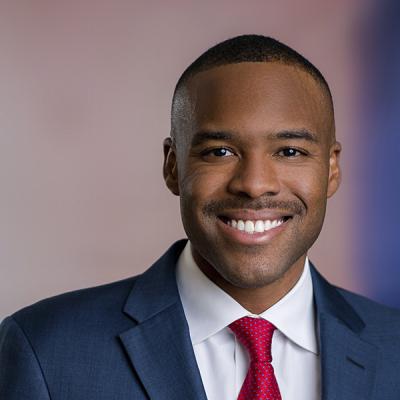Decision Expected Soon in Ongoing Risk Corridors Litigation
Many provisions of the Affordable Care Act (“ACA”) have been the subject of litigation over the last decade, with several high-profile Supreme Court cases including: NFIB v. Sebelius, King v. Burwell, and Burwell v. Hobby Lobby. One of the more overlooked topics of litigation has been the ACA’s “Risk Corridors” program. This has recently changed because a decision is anticipated in the consolidated appeal of two important risk corridors cases currently pending in a federal appeals court.
The ACA included the risk corridors program as a three-year program created to help stabilize premiums during the ACA’s initial implementation period. The drafters of the ACA anticipated that large number of individuals with preexisting conditions would enroll in exchange plans during the first years of the ACA. The drafters were concerned that this immediate influx of high-cost individuals into the exchanges would lead to market failures such as adverse selection and risk selection. In response, the ACA included three programs designed to mitigate some of the financial risks insurance companies would face: Reinsurance and Risk Corridors, which were temporary, and Risk Adjustment, which is permanent. The most controversial of these programs was the risk corridors program. The program required profitable insurers to pay funds into the program and used these funds to subsidize insurers with higher medical claims.
The source of conflict surrounding the risk corridors program primarily concerns legislative drafting. Similar to the cost sharing reductions, the statutory language authorizing the risk corridors program lacks a specified source of funds. Both the Spending Clause of the Constitution and the Anti-Deficiency Act prohibit federal agencies from making payments without a “valid appropriation.” A “valid appropriation” requires both a directive to pay and a clearly specified source of funds. Section 1342(b)(2) of the ACA, which governs payments into the program, does not specify the source of funds from which payments are made.
Despite the lack of funding source, HHS still managed to largely administer the program using a workaround. In the President’s FY 2014 Budget, the “Program Management” account gave HHS the authority to collect “user fees” to carry out miscellaneous responsibilities. By classifying payments into the risk corridors program (i.e., risk corridors receipts) as “user fees,” HHS was able to administer the program. By that time, however, the risk corridors had become a target for Republican lawmakers, who argued that the program was essentially a bail-out for insurers. In the Consolidated and Further Continuing Appropriations Act of 2015 (CRomnibus), Senator Marco Rubio inserted a provision restricting HHS from transferring non-program specific payments to fund the risk corridors program, essentially forcing the program to be budget neutral. While this measure did not restrict HHS from making payments to fund the program, it severely handicapped HHS’s ability to finance the risk corridors payments fully if payments into the program were less than the obligations to pay. As a result, between 2014 and 2016, an estimated $12.3 billion in risk corridors receipts were never paid out to insurers.
Several health insurers have since brought suit against the federal government numerous theories, including:
(1) that Section 1342 required the government to make full payments to health plans, and the subsequent Congressional riders restricting the program as budget neutral did not vitiate the federal government’s statutory duty to make risk corridors payments;
(2) that the risk corridors created an implied-in-fact contract and failure by the federal government to make these payments breached this contract; and
(3) that failure to make full risk corridors payments annually violated the Fifth Amendment because it resulted in a taking of the insurers property for public use without just compensation.
The former two theories have received the most attention, and judges in the Court of Federal Claims, where these cases have been heard, are split on whether the federal government still has an obligation to make the extra risk corridors payments.
To date, the two most high-profile cases have been Land of Lincoln Mutual Health Insurance Co. v. U.S., 129 Fed. Cl. 81 (2016), where the court found that the subsequent appropriation riders amended the HHS’s underlying obligation to pay, and Moda Health Plan Inc. v. U.S., 130 Fed. Cl. 436 (2017), where the court ruled in favor of the insurers by finding that Section 1342 was not intended to be budget neutral and that, in the alternative, HHS breached an implied-in-fact contract by failing to pay. The cases were consolidated on appeal and Federal Crircuit heard oral arguments in January of this year. A decision is expected soon.
It is unlikely that the battle over the risk corridors will be over quickly, however. Whatever the court decides, further appeals will likely follow. More significantly, the damage of the government’s failure to make full risk corridors payments has arguably already occurred. As a result of not making the payments, several co-op health plans have already gone bankrupt, including the plaintiff in the Land of Lincoln case. Nonetheless, the appeals court decision will represent yet another important flashpoint in the litigation over the risk corridors program, and more significantly, the continuing battle over the ACA.

